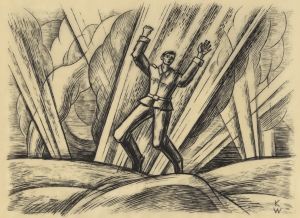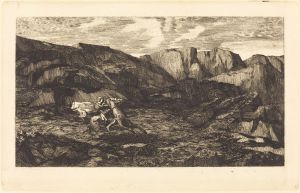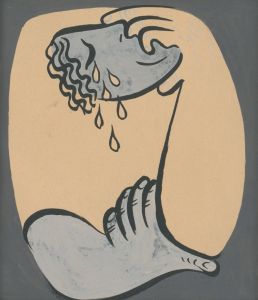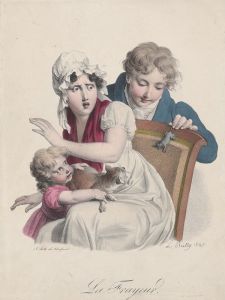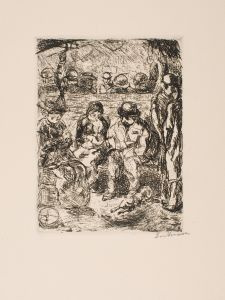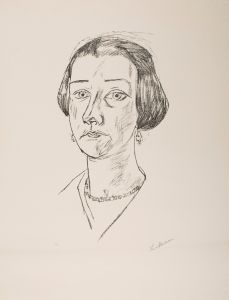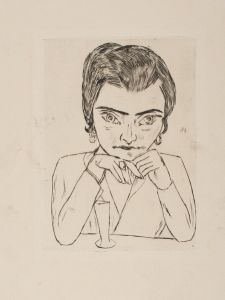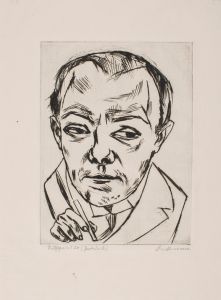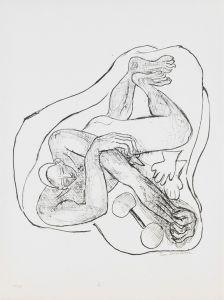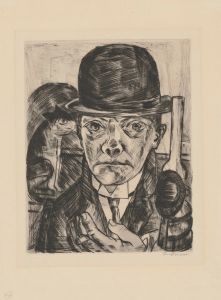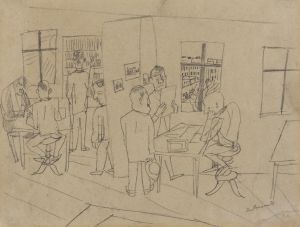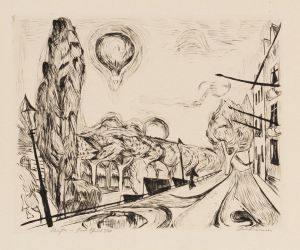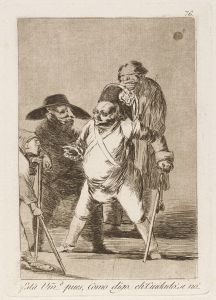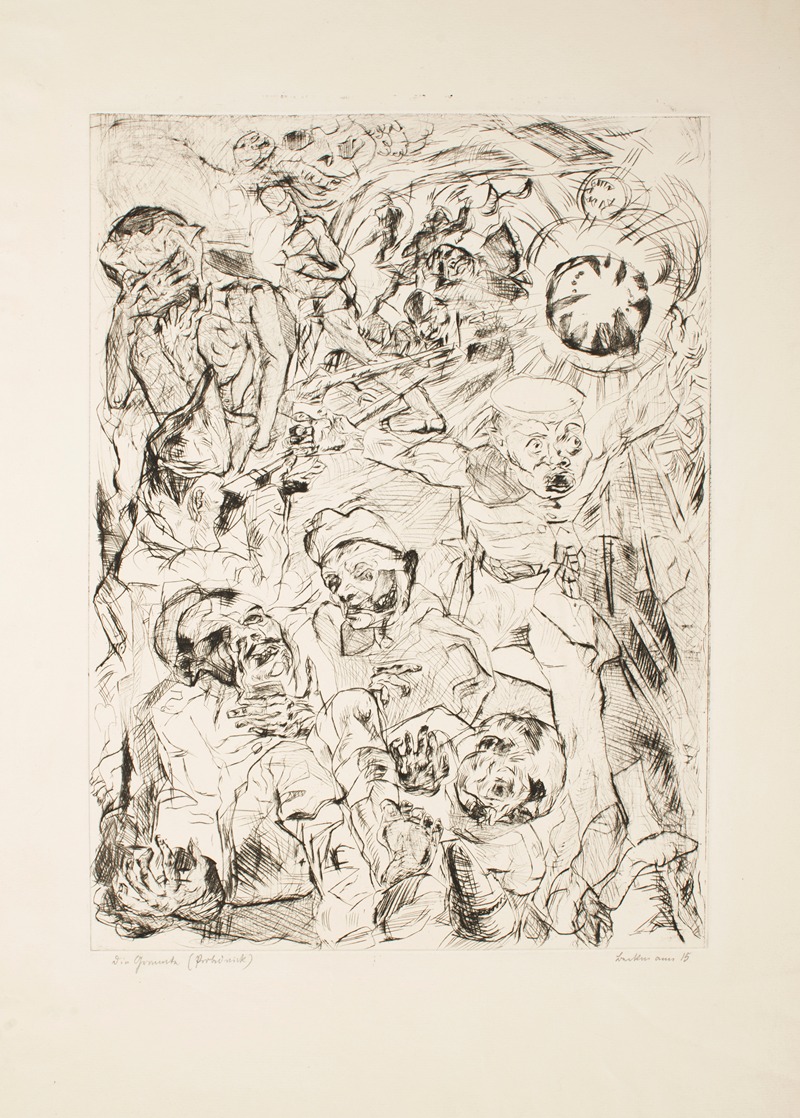
The Grenade
A hand-painted replica of Max Beckmann’s masterpiece The Grenade, meticulously crafted by professional artists to capture the true essence of the original. Each piece is created with museum-quality canvas and rare mineral pigments, carefully painted by experienced artists with delicate brushstrokes and rich, layered colors to perfectly recreate the texture of the original artwork. Unlike machine-printed reproductions, this hand-painted version brings the painting to life, infused with the artist’s emotions and skill in every stroke. Whether for personal collection or home decoration, it instantly elevates the artistic atmosphere of any space.
Max Beckmann's painting "The Grenade" is a significant work by the German artist, known for his contributions to the Expressionist movement and his distinct style that often explored themes of human suffering and existential angst. Beckmann, born in 1884 in Leipzig, Germany, lived through tumultuous times, including both World Wars, which deeply influenced his art.
"The Grenade" was created in 1915, during World War I, a period when Beckmann served as a medical orderly in the German army. This experience exposed him to the horrors of war, which became a recurring theme in his work. The painting reflects the chaos and destruction associated with warfare, capturing the psychological impact of conflict on individuals and society.
In "The Grenade," Beckmann employs a dramatic and intense composition, utilizing bold lines and stark contrasts to convey the explosive energy and violence of a grenade. The painting is characterized by its use of dark, somber colors, which evoke a sense of dread and foreboding. Beckmann's style during this period is marked by a departure from traditional representation, leaning towards a more abstract and fragmented approach that emphasizes emotional intensity over realistic depiction.
The subject matter of "The Grenade" aligns with Beckmann's broader oeuvre, which often grapples with themes of trauma, alienation, and the human condition. His experiences during the war profoundly affected his worldview, leading him to explore the darker aspects of human nature and the existential crises faced by individuals in times of turmoil.
Beckmann's work, including "The Grenade," is often associated with the New Objectivity movement, which emerged in Germany in the 1920s as a reaction against the emotional excesses of Expressionism. This movement sought to present a more sober and realistic portrayal of the world, reflecting the disillusionment and cynicism of the post-war era. However, Beckmann's unique style and thematic focus set him apart from other artists within the movement, as he continued to infuse his work with a sense of drama and psychological depth.
Throughout his career, Beckmann remained committed to exploring the complexities of the human experience, often drawing on mythological and allegorical themes to convey universal truths. His work is characterized by a tension between order and chaos, reflecting the dualities inherent in life and the struggle for meaning in an uncertain world.
"The Grenade" is a testament to Beckmann's ability to capture the essence of his time, using art as a means of processing and communicating the profound impact of war on the human psyche. His work continues to resonate with contemporary audiences, offering a powerful commentary on the enduring nature of conflict and the resilience of the human spirit.
Max Beckmann's legacy as an artist is marked by his unwavering commitment to exploring the depths of human experience, and "The Grenade" stands as a poignant example of his ability to convey the complexities of life through his art. His paintings remain influential, offering insight into the historical and cultural contexts in which they were created, and serving as a reminder of the enduring power of art to reflect and shape our understanding of the world.





